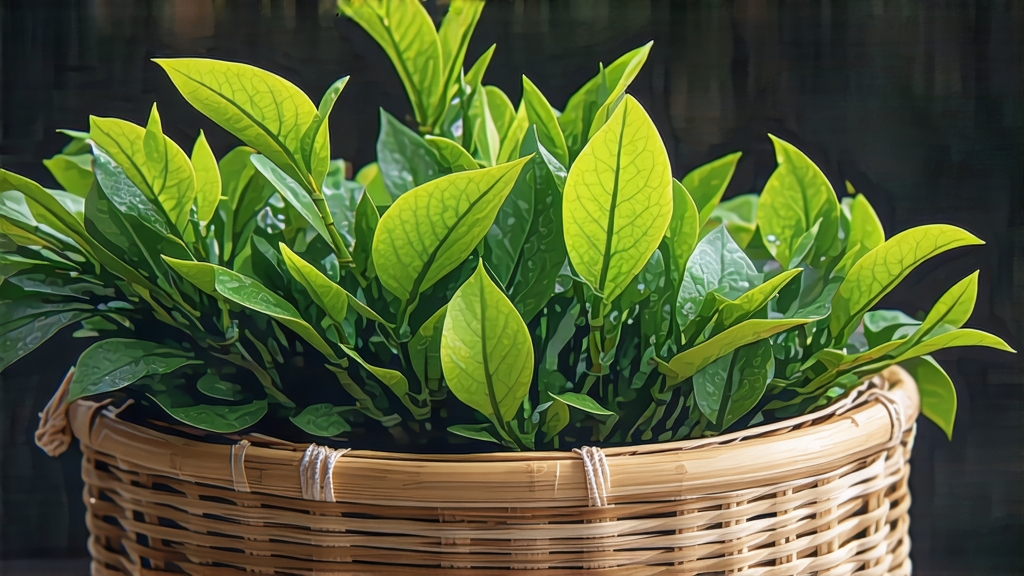
Longjing, literally “Dragon-Well,” is more than a green tea; it is a liquid manuscript of Chinese aesthetics, geography, and patience. First praised in Tang-dynasty gazetteers and immortalized when the Qianlong Emperor planted eighteen mother bushes on Shi-feng peak in 1751, Longjing has become the benchmark for all green teas. Yet outside China its subtleties are often buried under generic labels such as “Dragon-Well” or simply “Chinese green.” This essay invites the international reader to step past the souvenir tin and into the mist-cradled valleys west of Hangzhou’s West Lake, where a single leaf can whisper eight centuries of history.
Geography is destiny. The lake’s micro-climate traps spring vapour that refracts sunlight into a soft, jade-tinted glow; the surrounding quartz-rich sandstone cools nightly, forcing the tea bushes to grow slowly, stacking amino acids—especially the sweet-tasting theanine—into every bud. Within the 168 km² officially recognised core zone, five sub-gardens are honoured as the “Traditional West Lake Longjing” appellation: Shi-feng (Lion Peak), Longjing village, Wengjiashan, Hupao (Tiger-Running Spring), and Meijiawu. Each slope tilts a few degrees differently, coaxing distinct aromatics: Shi-feng yields a chestnut-sweet creaminess; Meijiawu a sharper orchid note; Hupao carries the faint scent of the famous spring water itself. Purists speak of these micro-terroirs the way Burgundy lovers speak of climats.
The cultivar matrix further complicates the story. While the heirloom Longjing #43 (selected in 1972) dominates because it buds ten days earlier and tolerates machine harvesting, old-garden Qunti zhong (population bushes) still survive, their gnarled frames producing tiny, irregular leaves that steep into a liquor of improbable depth. A third cultivar, Longjing Changye, is making a quiet comeback among younger farmers who prize its field-floral perfume and slow release of antioxidants. Knowing the cultivar is the first step toward decoding any bag of Longjing.
Harvest calendar is religion. Pre-Qingming leaves—picked before the 5th of April—contain the winter’s hoarded sugars and freeze-concentrated aromatics, yielding a tea so gentle it feels almost weightless on the tongue. Mingqian (before the solar term Qingming) lots can fetch over 2,000 USD per 500 g at auction, yet weight is deceptive: ten thousand buds make barely one kilogram. The second flush, Yuqian (before the Grain Rain, 20 April), still charms with its greener, more vegetal snap, while the third flush, Lixia, is politely left for local cafeterias. Pickers, overwhelmingly women in sun hats and indigo sleeves, use a two-finger pluck that snaps the budset without squeezing cellular juice; any bruise oxidises into an ugly red rim that no subsequent firing can hide.
Within minutes of plucking, the leaves ride down the mountain in wicker baskets lined with bamboo leaves to prevent compression. The real alchemy begins in the village courtyard, where a wood-fired wok has been seasoned for decades with tea oils until its surface gleams like obsidian. A master chao-shi—literally “fry-master”—judges the wok temperature by the hovering palm test: when the ceramic-tiled rim burns at 180 °C, he sweeps in 250 g of fresh leaf. For the next twelve minutes the leaves are coaxed, not tossed, with a rhythmic press-slide-lift motion that simultaneously kills green enzymes, shapes the signature flat sword, and drives off 30 % moisture. The sound is unmistakable: a soft rustle like silk fans opening in a summer pavilion. Too much pressure and the leaf blisters; too little and grassy astringency lingers. When the fry-master senses the “second fragrance” rising—an aroma shift from raw pea to toasted cashew—he flings the tea onto a woven bamboo tray to cool. After a brief respite, the same leaves return to a cooler 80 °C wok for the “second firing,” a slower consolidation that fixes the flat shape and lowers moisture to 5 %. No rollers, no ovens, no hot air—just two bare hands and decades of calloused intuition.
Modern workshops now employ electric woks calibrated to mimic the sine-curve of traditional temperatures, yet the best lots are still finished